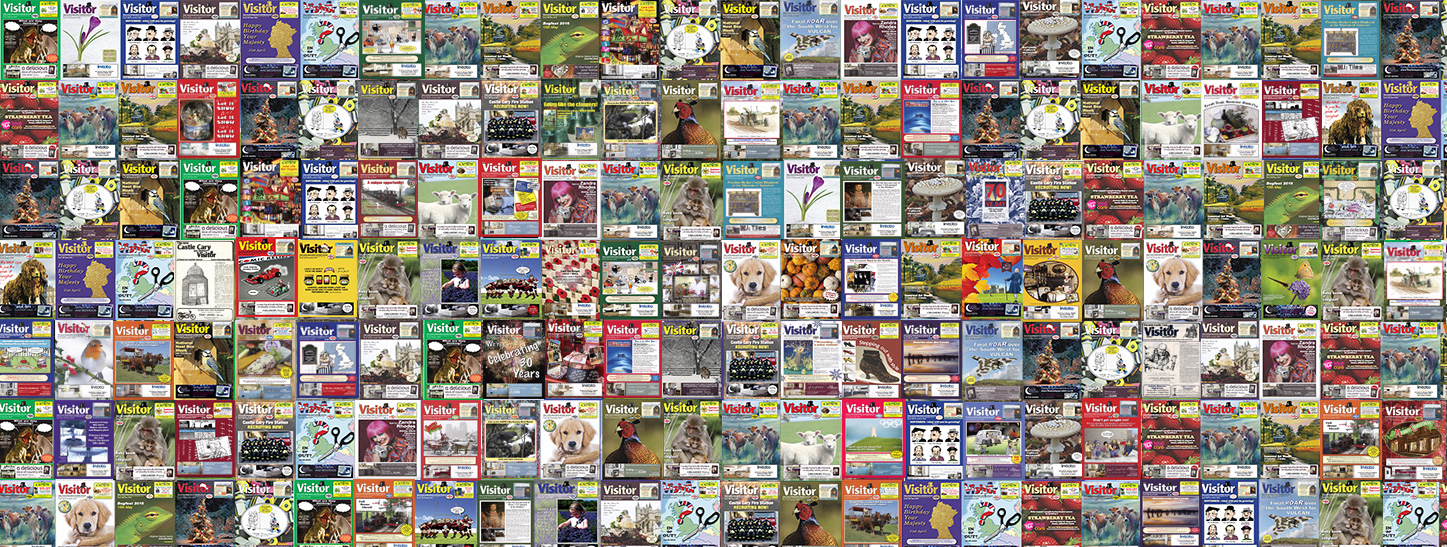Longleat is playing a vital role in a last ditch international race to save the world’s rarest rhino from extinction.
The northern white rhino (Ceratotherium simum cottoni), whose wild population was estimated in the thousands as recently as 1960, was virtually wiped out in the 2000s due to poaching.

Today only three individuals are left; an elderly male and two females. All three are kept under strict armed security at the Ol Pejeta Conservancy in Kenya.
The last remaining male, Sudan, is now 43 years old and reaching the end of his life. Both surviving females have medical problems which prevent them from conceiving naturally.
In a final attempt to try and save the sub-species Dvůr Králové Zoo in the Czech Republic, owners of the three surviving animals, is working with a team of scientists and conservationists led by IZW Berlin on advanced reproductive techniques.

Initial tests at Avantea, an Italian laboratory led by Prof. Cesare Galli, specialised in assisted reproduction of large animals, have produced encouraging results using eggs from southern white rhinos (Ceratotherium simum simum) fertilised by both southern and northern white rhino sperm.
Longleat is the first UK-based zoological collection to be involved in this ground-breaking project, with a number of other zoo collections in mainland Europe also participating.
Now a team of experts led by Prof. Robert Hermes, Dr. Frank Goeritz, Dr. Susanne Holtze, Prof. Cesare Galli and Prof. Dr Thomas Hildebrandt have visited the UK to attempt to replicate the procedure at the Wiltshire safari park.

The team have initially harvested a total of nine eggs from Longleat’s three female southern white rhinos. These are then transported back to the laboratory in Italy to be fertilized with male white rhino sperm.
If successful the plan is for the resulting IVF embryos to be re-implanted back into a selected group of females later this year.
“Effectively the females rhinos would act as IVF mothers; with embryos partly derived from northern white male sperm,” said Longleat’s Head of Animal Operations Darren Beasley.
“If the procedure works the hope would be that southern white females would carry the developing embryos for up to 18 months before giving birth.

“This IVF and embryo transfer programme truly is the last best hope to save them from extinction,” he added.
Although closely related, southern and northern white rhinos are actually two distinct sub-species which are thought to have begun diverging around a million years ago.
As their name suggests southern white rhino populations are concentrated in the south of Africa where their wild numbers are estimated at around 20,000.
“We are grateful that Longleat joined the programme to save the northern white rhino,” said Jan Stejskal, Coordinator of the efforts to save the northern white rhino from Dvůr Králové Zoo.
“If the procedures in Europe are successful, we hope to attempt at harvesting eggs from the last living females in Kenya before the end of this year. This would allow us to produce a pure northern white rhino embryo,” he added.
If the treatment proves successful it is hoped it could be used, alongside conservation programmes, to help boost numbers of other highly endangered species.

